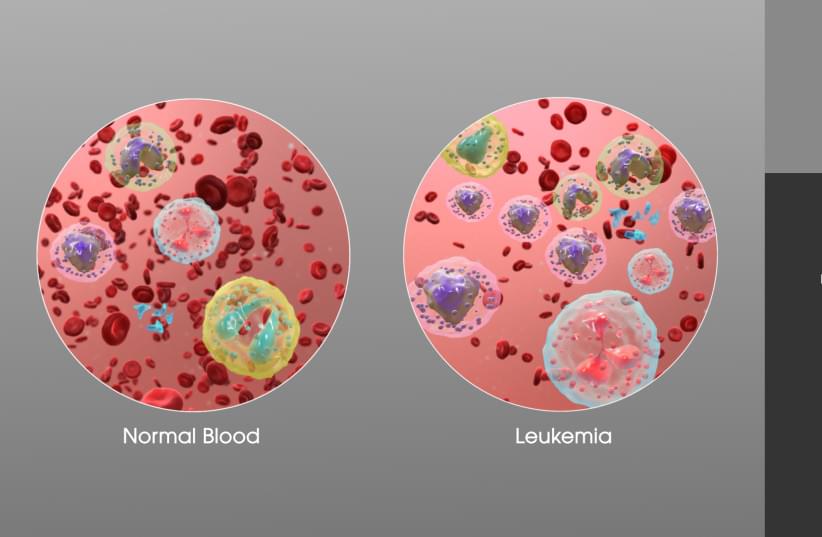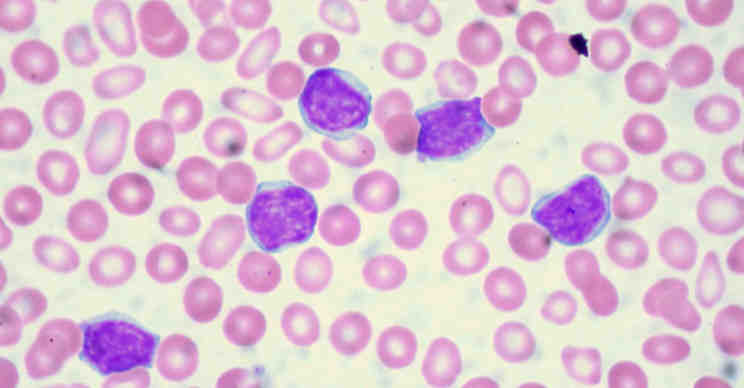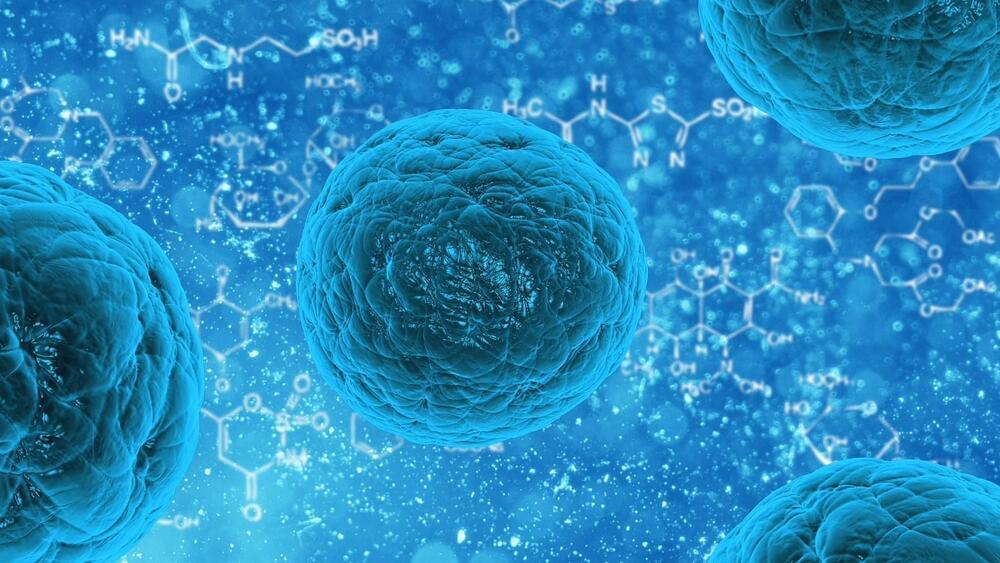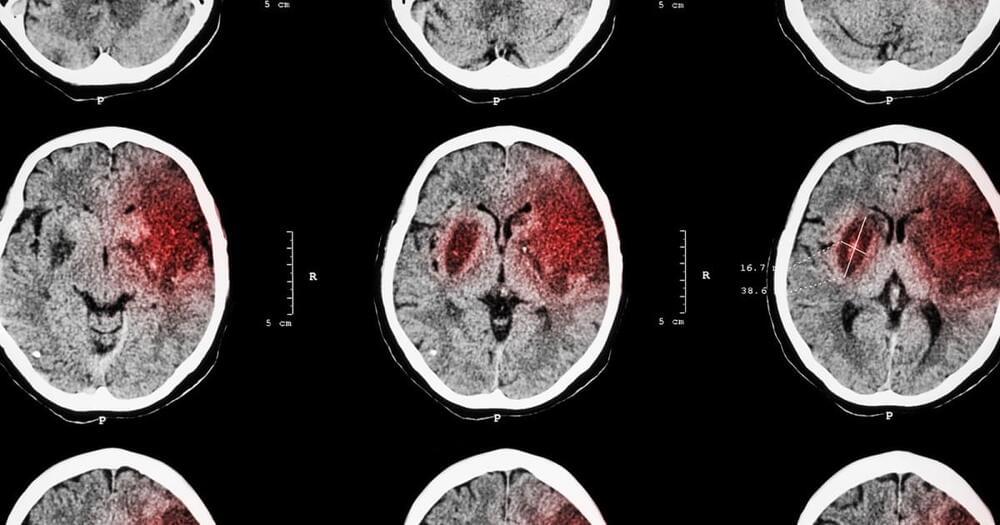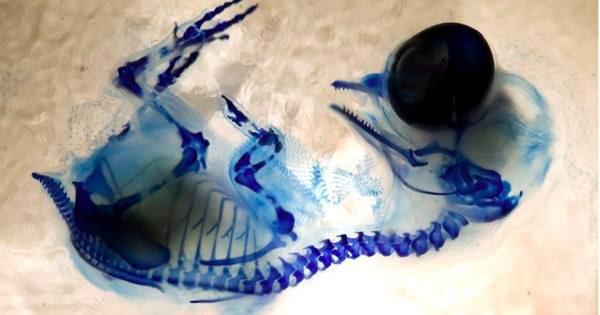8,000+ Films, Shows & Classes on Gaia. Start Your Free Trial — https://bit.ly/3eBA6jy.
Can AI enable us to live forever? In A.rtificial I.mmortality, filmmaker Ann Shin sets out on a journey, exploring the latest AI and biotech with scientists and visionaries who foresee a ‘post-biological’ world where humans and AI merge. Will AI be the best, or the last thing we ever do?
About Gaia:
Gaia offers the largest resource of consciousness expanding videos. Answer life’s deeper questions and go beyond the mainstream narrative with Gaia— a member-supported media network of truth seekers and believers empowering an evolution of consciousness. Explore over 8,000 ad-free, streaming titles that challenge modern paradigms and allow you to manifest the reality that defines your being. You can experience Gaia in English, Spanish, German, or French. We offer original, dubbed or subtitled content in these languages. Join hundreds of thousands of members in 185 countries in awakening your consciousness.
Connect with Gaia:
Visit Gaia WEBSITE: https://www.gaia.com/
Like Gaia on FACEBOOK: https://www.facebook.com/Gaia.
Like Gaia Unexplained on FACEBOOK: https://www.facebook.com/GaiaUnexplained.
Like Gaia Yoga on FACEBOOK: https://www.facebook.com/yogaongaia.
Follow Gaia on YOUTUBE: https://www.youtube.com/c/GaiaVideo.
Follow Gaia on TWITTER: https://twitter.com/yourmothergaia.
Follow Gaia on INSTAGRAM: https://www.instagram.com/wearegaia/
Follow Gaia Yoga on INSTAGRAM: https://www.instagram.com/yogaongaia/
#Gaia
